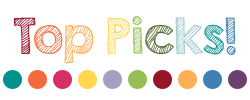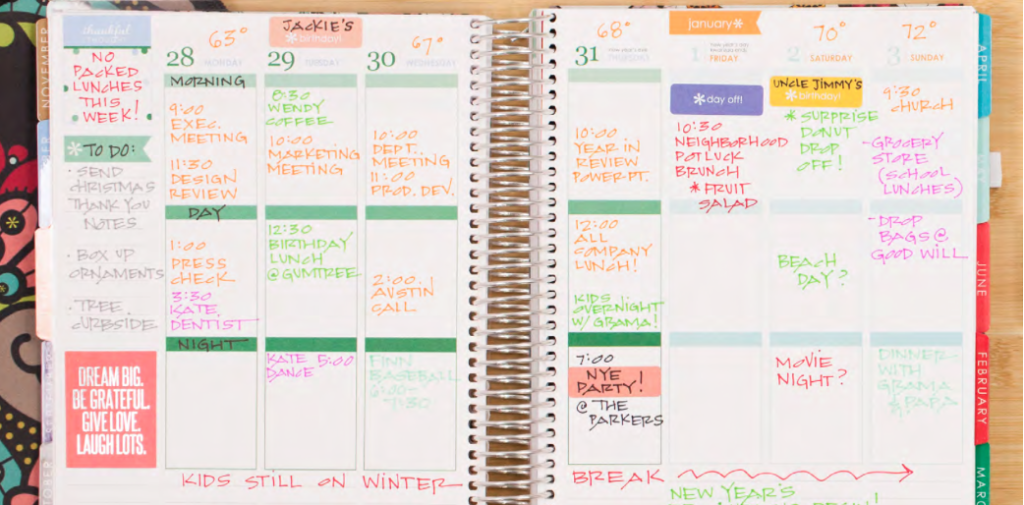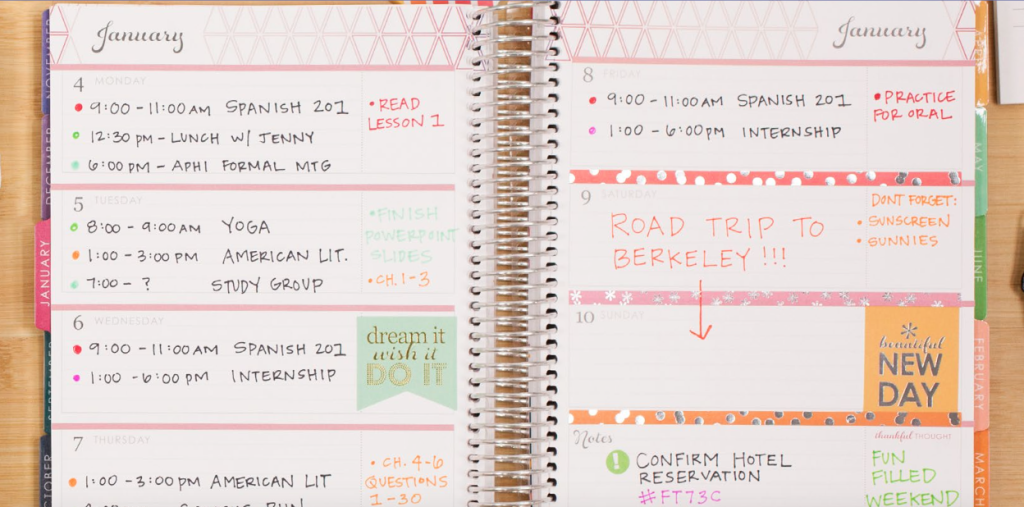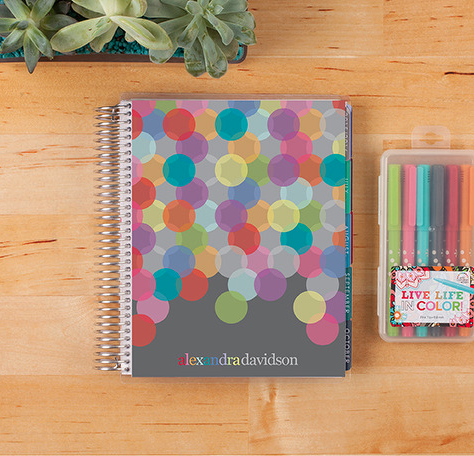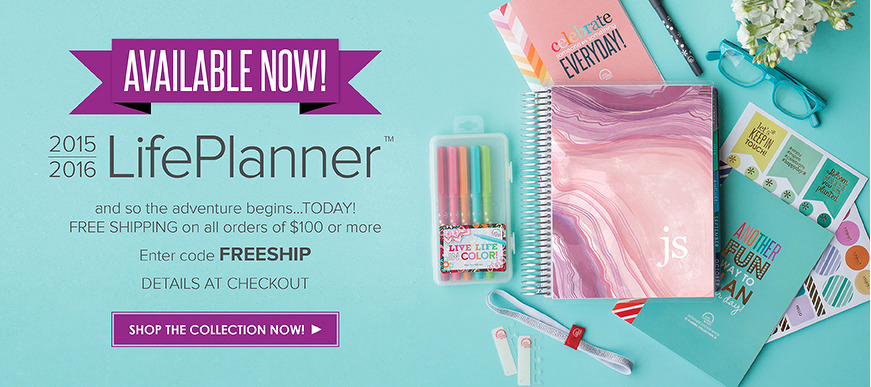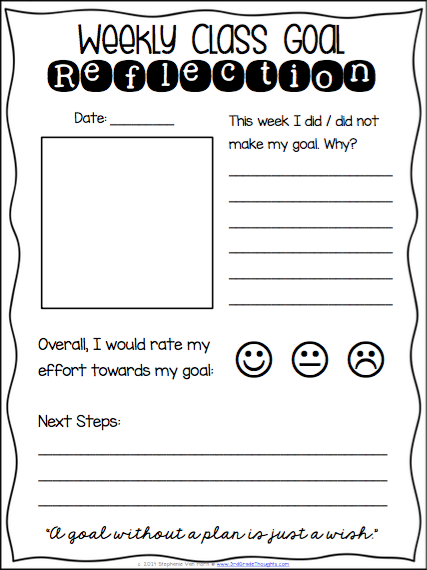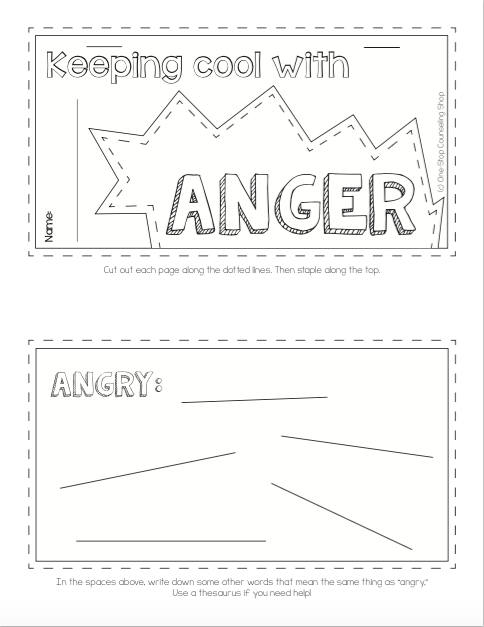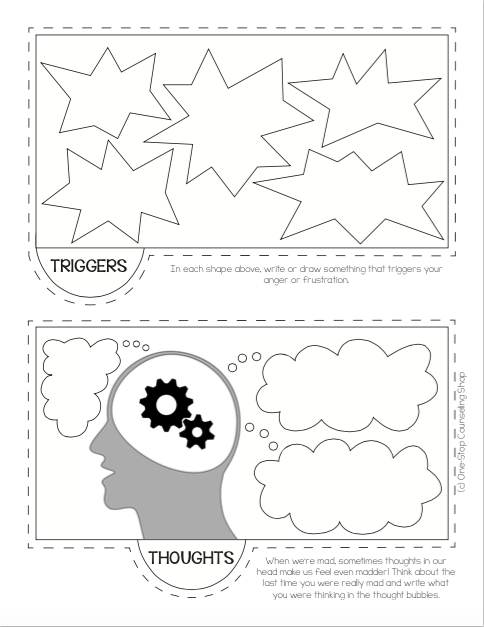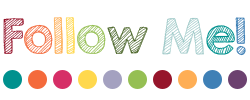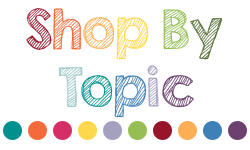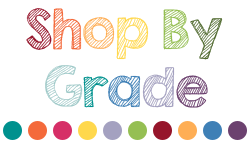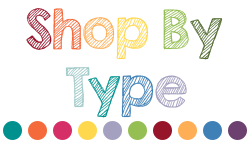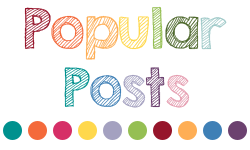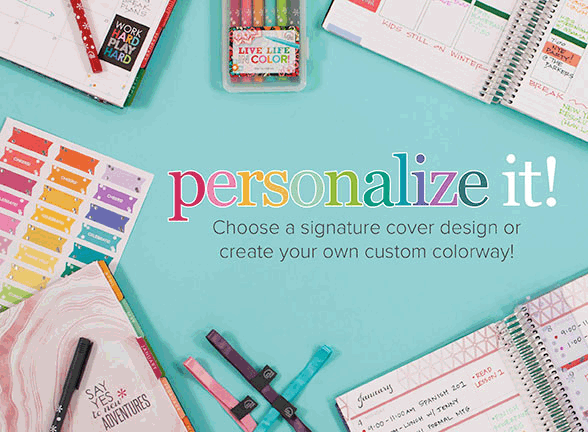
Ah yes…it’s that wonderful time of the year again! My body’s getting used to what it feels like to not be lesson planning at 11:30 at night…the smells of sunscreen permeates my house…my daily wardrobe consists of yoga pants and tee shirts…and THE NEW ERIN CONDREN PLANNERS HAVE LAUNCHED! I don’t necessarily love having to snap back to reality for a few days to think about the upcoming school year, but I’m willing to for this!! This will be my 4th year now of getting one of these little pieces of heaven. You can read about my past experiences in 2012, 2013, and 2014. I just placed my order for a new one yesterday and cannot WAIT until it gets to me! Here are some thoughts about this year’s new edition.
Pros:
- The biggest thing you’ll see on Erin’s site talks about the new layout options for the planner. In the past, they’ve only had the vertical layout for each week. Days across the top, time down the side. While this is always the best layout for how I use my book for work, I totally understand the appeal of having a horizontal option as well. If I was using this as an academic planner for high school or college, this would definitely be my layout of choice! Here are the layouts side by side:
- Same cute, customizable covers with words and pictures. This is one of my biggest reasons for loving these planners. I get to look at my super cute daughter’s picture each day on my planner! Here are three of my favorite new designs this year. Also starting last year, the covers are removeable and interchangeable. So, you could change them seasonally, monthly, or, I suppose, to replace that picture of you and your ex after a bad breakup!:
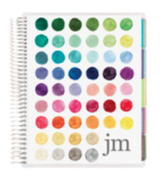
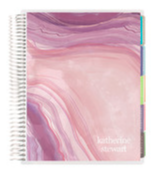
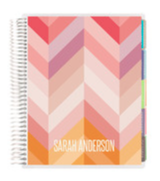

– Custom “colorways.” In the past, you had to stick with one or two color combinations for your chosen color or pay a $15 design fee to further customize it. Now, on many of the covers, you can choose any of their colors to create a unique look for your cover. Just look for this: 
If you’re REALLY adventurous, you can even create your own cover from scratch. I opted for this predesigned cover (with a picture added and 2015-2016 School Year as the words), but could definitely see some of my friends making their own!
- Accessories! If you’re thinking, “You know…I could just buy a cute planner at the store and add a cute picture, and color code everything myself,” I would say, “Sure! Buy can you get all of this stuff too??” It’s almost completely insane how much extra stuff you can get. I personally get the pen holder, photo stickers, and customizable event stickers (set up for institute days, school improvement days, and conference days!). However, I also really liked the snap in to-do list and thought it would be able to replace the pile of sticky notes that accumulate on my desk. However, I forgot to add it to the cart before I ordered….sad face.


- “Thankful thoughts.” This year, they added a little “thankful thoughts” box each week for both layouts. What a great way to remember to focus on something positive each week!
Cons:
- In the distant past, they’ve offered an “academic” July-July format. Starting last you, you can get Jan-Dec 2016 or pay $5 more to also get the rest of 2015 included. I understand the manufacturing logistics of not offering any start and end month as an option, but think it’s pretty obvious most people are using a July-July format if you’re LAUNCHING YOUR PRODUCT in June. So it does truthfully really irk me I have to pay $5 and then just rip out August-Dec 2016 when I get the book. Come on, guys!
- Cost. I’m listing this as a con because it’s the most common complaint I hear and yes, I do feel a bit of sticker shock each time I order. However, let me justify it to you this way: I work 185 school days and probably spend 10-15 minutes per day using my planner or smiling at my daughter’s picture. I can’t tell you how many times I’ve been having a really crummy stressful day and then I brush a few papers off and see her smiling at me from that cute, colorful book. That works out to 32 cents per day. 32 cents. 15 minutes of coffee? $3. 15 minutes of a massage? $15. 15 minutes in a car? $1.50. 32 cents is pretty darn cheap! Do yourself a favor and just get one 🙂 Once it arrives at your door, you won’t look back!
- Shipping time. So, the nature of custom items is that they do take longer to manufacture. That being said, the website will always tell you an approximate ship date for your products. This year, mine was within a week! (It could have been because I was ordering 5 minutes after they launched….ehm…no I don’t have a problem!) However, there have been years in the past when I’ve had to wait several weeks. Therefore, don’t wait until 2 weeks before school starts back up and expect to have it for the first day of school. Just go ahead and order as soon as you can and enjoy filling it out whenever you start to feel the “back to school blues!”
- There’s been some talk of customers experiencing some credit card fraud after purchasing from Erin Condren. I have personally never had this problem, but some customers swear “I’ve only used this card for Erin Condren and now have some unauthorized purchases.” Their customer services reps have been constantly talking on Facebook about their security and who industry-standard audits have shown their site to be secure. They did add Paypal as a checkout option this year, so you could always take advantage of that to be sure until more of this gets figured out.
To get a coupon to save $10 on the new Life Planner, add your e-mail address here: [contact-form][contact-field label=’Email’ type=’email’ required=’1’/][/contact-form] I promise this is all I will use it for – I won’t sell it, or give it away, or anything else nasty like that! You get a coupon – I get a coupon and we both win!
Note: All pictures in this post are from Erin Condren.

